The Ultimate Guide to Japanese Tea: Unlocking Health Benefits, Flavorful Varieties, and My Top Recommendations
You might be familiar with matcha, sencha, or hojicha and assume they come from different plants. But here’s a surprise: most Japanese teas originate from the same plant—Camellia sinensis. As a Japanese medical student and former tea ambassador at Kyoto's renowned Obubu Tea Farm, I’m excited to share insights about Japanese tea, focusing on
The remarkable health benefits of Japanese tea
A comprehensive overview of various Japanese tea types
Personal recommendations to enhance your tea experience
Unlocking the Health Benefits of Japanese Tea
Japanese Tea as the "Third Function" of Food
You’ve probably heard that green tea is beneficial for health, but why? Let’s dive in:
Japanese tea isn’t just a drink; it’s packed with nutrients found in fruits and vegetables, such as carbohydrates, proteins, fats, vitamins, and minerals. But what truly sets tea apart is its abundance of bioactive compounds, also known as "biological response modifiers" or "biofactors." These play an essential role in maintaining health and represent the third function of food.
Food typically has three functions:
Nutrition: To keep us alive.
Taste and Aroma: To satisfy our preferences.
Biofactors: To promote health, even though they're not essential for survival.
Teas rich in biofactors, like catechins, caffeine, and theanine, are considered "functional foods" in Japan—nature’s own supplements. Let’s break down the health benefits:
Catechins: Known to help prevent obesity, improve blood circulation, prevent aging, and fight cancer. They also have antiviral effects, help prevent cavities, and freshen breath.
Caffeine: Not only does it help keep you alert, but it also promotes fat burning, especially during exercise.
Theanine: Helps with relaxation and promotes brain and nerve function.
Vitamin C: A cup of tea gives about 10% of your daily vitamin C intake.
Tea and Lifestyle Disease Prevention
Japanese tea also plays a role in preventing lifestyle diseases such as heart disease, diabetes, and certain cancers. Here are some specific health benefits:
Antioxidants: Teas like matcha and sencha are packed with antioxidants, particularly catechins, which help remove harmful molecules and fight stress.
Weight Management: The combination of catechins and caffeine boosts metabolism, aiding weight loss.
Cognitive Function: The combination of L-theanine and caffeine in tea boosts concentration without the jitters often caused by other caffeinated drinks.
Heart Health: Green teas like genmaicha and gyokuro help reduce cholesterol and the risk of heart disease.
Cancer Prevention: Emerging research suggests polyphenols in green tea may reduce the risk of certain cancers.
Blood Sugar Regulation: Teas like sencha may help enhance insulin sensitivity, benefiting those at risk of type 2 diabetes.
Anti-Inflammatory: Teas like sencha and matcha contain EGCG, a compound that can reduce inflammation, potentially easing conditions like arthritis.
A Beginner-Friendly Guide to Japanese Tea: From Everyday Greens to Rare Regional Gems
Japan’s tea world goes way beyond just “green tea.” While most teas are indeed green (non-oxidized), there’s a surprising variety in how they’re steamed, roasted, rolled, or even oxidized. In this guide, I’ll walk you through five main categories of Japanese tea, from everyday brews to rare, regional finds. I’ll also share how each tea is made, what it tastes like, and how much caffeine you can expect.
1. Mainstream Japanese Green Teas (緑茶)
These are the most common types of tea in Japan, made by steaming fresh tea leaves to stop oxidation and preserve their bright green color.
2. Demono (出物): Leftovers, but Delicious
“Demono” means “tea byproducts,” but don’t let that turn you off—these are flavorful, affordable, and sometimes even preferred by connoisseurs.
3. Reprocessed Teas (加工茶)
These teas are created by further processing green tea—roasting, blending, or combining with other ingredients.
4. Regional Banchas (番茶)
Often overlooked, these rustic teas reflect regional traditions and are made in small batches with minimal processing. They’re not just “low-grade” teas—they’re local treasures.
Update:
taught me something I didn’t know and found super interesting:Tokushima’s awa bancha uses the kanji 晩 (meaning “evening” or “late”) instead of the usual 番 in 番茶 (bancha, everyday tea). It’s a clever way to show that this tea is made much later in the season than most others! shares so many fascinating posts about her life in rural Japan, including stories of spending time with local people making rare Japanese tea. If you love Japanese tea or are curious about rural life in Japan, her content is a must-check!
5. Oxidized & Pan-Fired Teas
Japan is known for steamed green teas, but in some regions, you’ll find teas that are oxidized or pan-fired—techniques more common in Chinese teas.
Tips for Choosing the Right Japanese Tea
Now that I’ve introduced you to many types of Japanese tea, you might be feeling overwhelmed by the variety of Japanese teas. So here are some helpful tips to guide you:
Want less caffeine? If you're sensitive to caffeine or dealing with digestive issues like IBS, try hōjicha, kukicha, or kyōbancha—all great choices for relaxing evenings.
Curious about something different? Explore fermented or pan-fired teas like awa bancha or kamairicha for a unique flavor experience.
Short on time? Konacha or mecha brew quickly and pack a strong punch—perfect for busy mornings when you need a fast pick-me-up.
My Personal Favorites
Genmaicha: A comforting, nutty flavor that's perfect with meals or as a standalone tea.
Hōjicha: With its warm, roasted aroma and low caffeine, it's ideal for unwinding in the evening.
Ryokucha: A fresh, grassy, and versatile green tea that’s perfect any time of day.
Additional Recommendation: Gyokuro
For something truly special, Gyokuro is a luxurious tea with rich, sweet, and umami flavors. Here’s how to prepare it:
Use 1 tbsp of leaves for 60ml of water.
Heat the water to 50-60°C (122-140°F).
Steep for 2-3 minutes.
If you're short on time but still want quality, Hōjicha, Genmaicha, or Ryokucha from Itoen are affordable and delicious options to try.
Which One Will You Try?
Thanks for reading until the end! Now that you know more about Japanese tea, I'd love to hear your thoughts: Which Japanese tea have you tried before, and which one is your favorite? Or if you haven't tried one yet, which one are you most curious to try? Your comment could help others discover a new favorite, so don't hesitate to share your thoughts!
P.S. For those interested in learning more about how Japanese tea is evaluated, here's a breakdown:
Tea Evaluation in Japan
Japanese tea evaluation involves two main methods:
Sensory Evaluation (官能審査): Expert tasters assess the appearance, aroma, and taste, focusing on factors like leaf shape, liquor clarity, and flavor.
Scientific Evaluation (科学的審査): This method measures chemical components such as catechins and caffeine, providing objective data on the tea's quality.

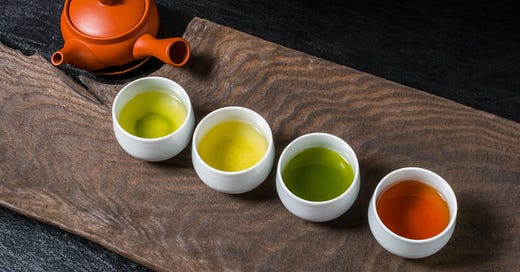



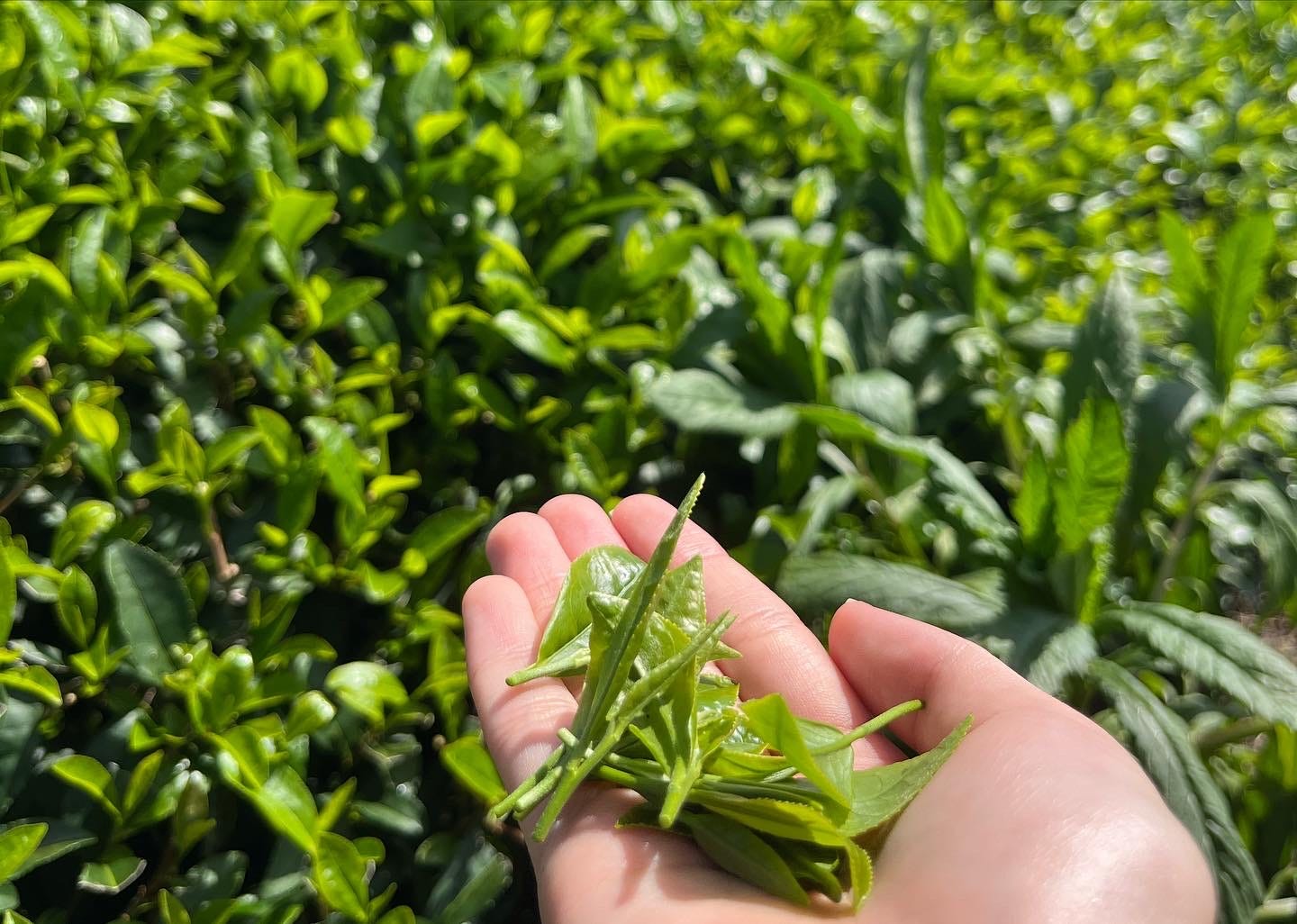






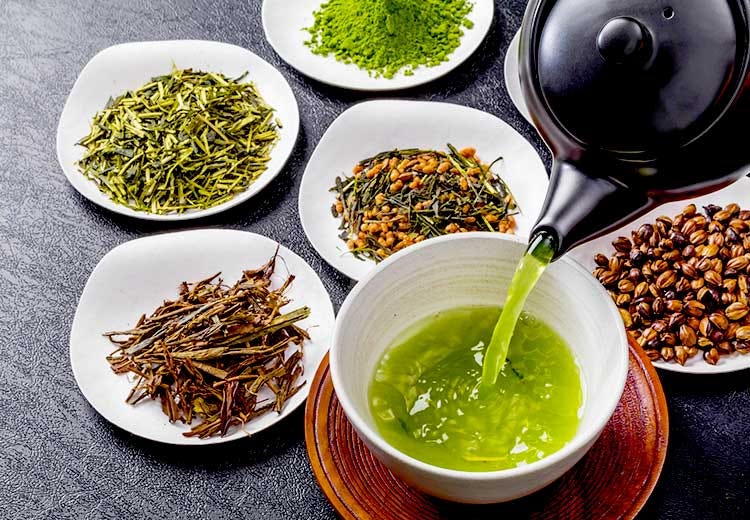
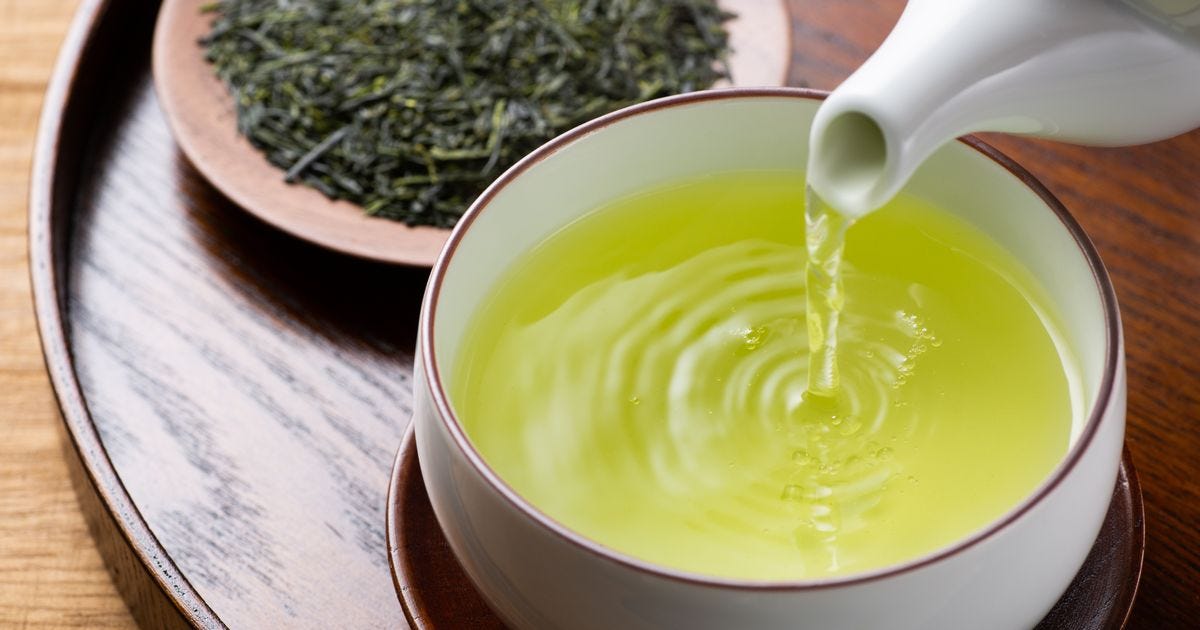
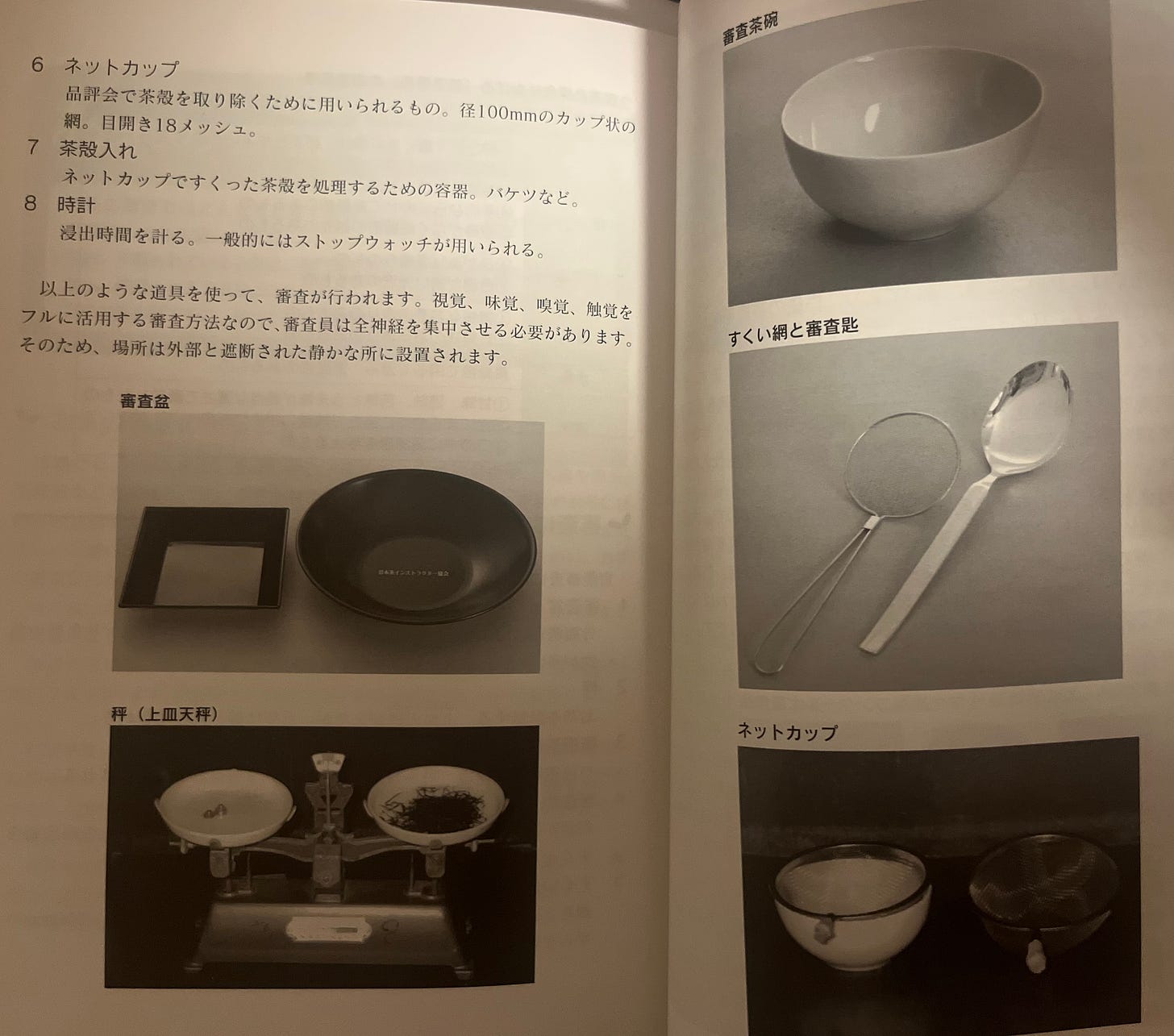
Wow! So many different types. This article is a very handy summary and introduction to the varieties and how to prepare them. I think I'd like to try Gyokuro. Do you have any recommendations for online stores that sell good quality Japanese green teas? I've found a couple of stores here in Australia that sell Gyokuro... but would be very happy to buy direct from Japan producers to get the best quality tea.
So happy I could finally sit down and read this guide! It was so nice to learn more about some of the other regional varieties that I'd always briefly heard names of but never fully understood where they sit in relation to each other - I will look for fukamushicha when I go back to Japan in Oct/Nov. Also the feature by Kana on the last tea maker is a good article - I hope more people enjoy that piece too.
Also looking forward to your stories about Obubu - I've followed them for years and briefly considered doing an internship before life locked me in place. I was however luck to visit for a tea tour pre-pandemic and enjoyed some kabusecha <3